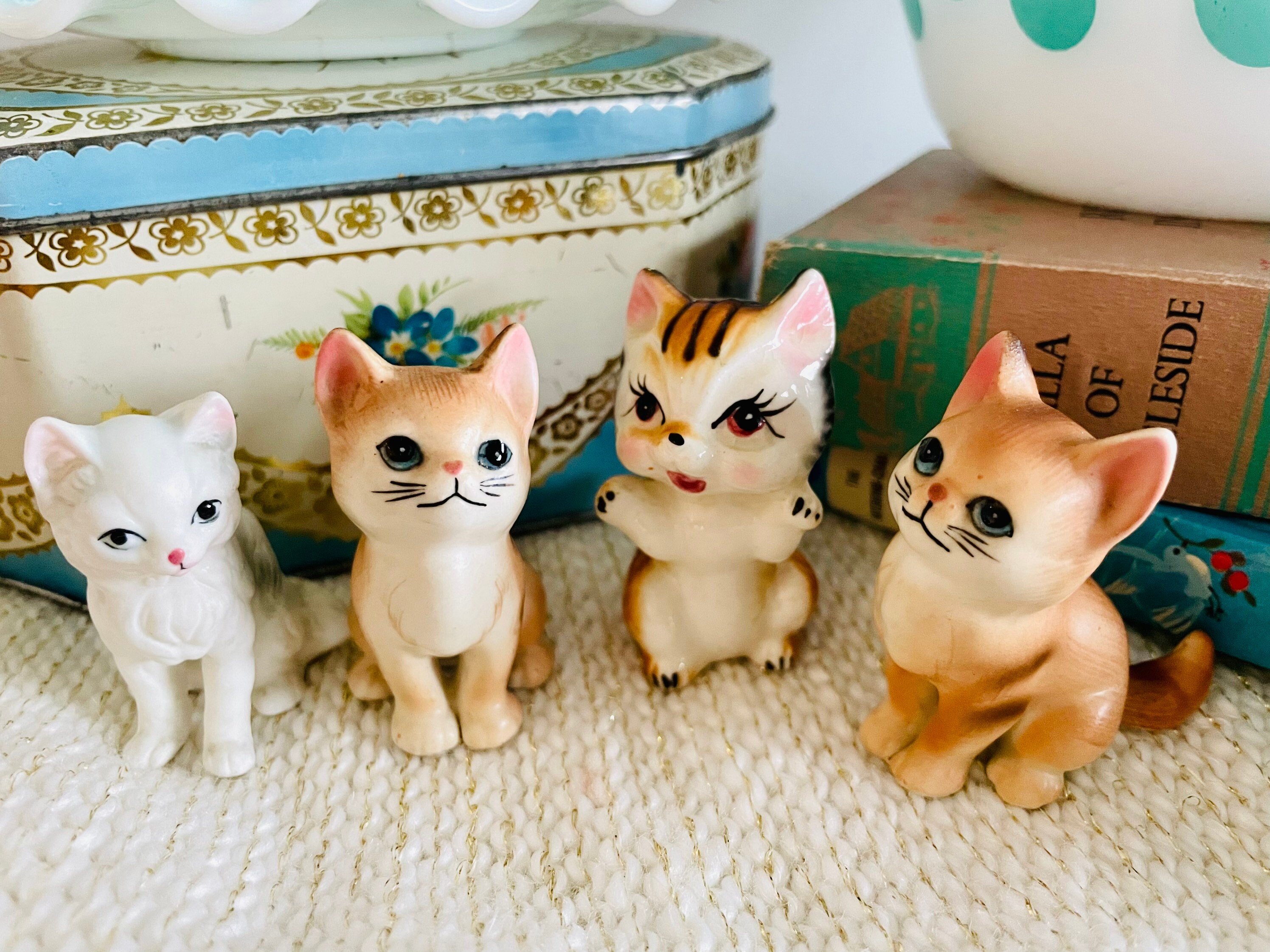The Mint Companion: Everything You Need To Know About Growing And Caring For Mint
The Mint Companion: Everything You Need to Know About Growing and Caring for Mint
Mint is a versatile herb that can be used in a variety of dishes, teas, and drinks. It's also a natural pest repellent and can be used to freshen up your home. If you're thinking about adding mint to your garden, here's everything you need to know about growing and caring for it.
Introduction
Mint is a member of the Lamiaceae family, which also includes other herbs like basil, oregano, and rosemary. It's a hardy plant that can be grown in a variety of climates. Mint prefers full sun or partial shade and moist soil. It's also a relatively easy plant to care for, making it a great choice for beginner gardeners.
Types of Mint
There are many different types of mint, each with its own unique flavor. Some of the most popular types of mint include:
- Spearmint: This is the most common type of mint. It has a fresh, minty flavor that is often used in salads, desserts, and teas.
- Peppermint: This type of mint has a stronger, more mentholated flavor than spearmint. It's often used in candy, gum, and toothpaste.
- Chocolate mint: This type of mint has a chocolatey flavor that is perfect for desserts.
- Apple mint: This type of mint has a sweet, apple-like flavor. It's often used in salads and teas.
Growing Mint
Mint can be grown from seed or from cuttings. If you're starting from seed, sow the seeds in the spring after the last frost. Mint seeds can take a few weeks to germinate, so be patient.
If you're starting from cuttings, take a 4-6 inch cutting from a healthy mint plant. Remove the bottom leaves from the cutting and plant it in a pot of moist potting mix. The cutting should root in a few weeks.
Once your mint plant has rooted, you can transplant it to the garden. Mint plants prefer full sun or partial shade and moist soil. Space the plants 18-24 inches apart.
Caring for Mint
Mint is a relatively easy plant to care for. Water your mint plant regularly, especially during hot weather. Mint plants also benefit from a light application of fertilizer every few months.
To prevent mint from spreading, you can plant it in a pot or raised bed. You can also trim the mint plant regularly to keep it in check.
Harvesting Mint
You can harvest mint leaves as needed. To harvest, simply snip the leaves from the top of the plant. Mint leaves can be used fresh or dried.
Storing Mint
If you're not going to use your mint leaves right away, you can store them in the refrigerator for up to a week. You can also freeze mint leaves for longer storage.
Conclusion
Mint is a versatile and easy-to-grow herb that can be enjoyed in a variety of ways. With a little care, you can have a thriving mint plant in your garden for years to come.
Mint is a popular herb that can be used in a variety of dishes, but did you know that it can also be a great companion plant? There are many different plants that can benefit from being planted near mint, and the Gardenia Inspiration website has a wealth of information about which plants are the best companions for mint.
The website includes a list of the top 10 mint companions, as well as information about the benefits of each plant. For example, mint is a good companion for cabbage because it helps to deter the carrot root fly. It also helps to improve the flavor of carrots.
In addition to the list of companion plants, the website also includes information about how to plant and care for mint. It also has a section on mint recipes, so you can enjoy the delicious flavors of mint in your cooking.
If you're interested in learning more about mint companions, I encourage you to visit the Gardenia Inspiration website. You'll find all the information you need to grow a healthy and productive mint garden.
FAQ of mint companion
Question 1: What is mint companion?
Answer: Mint companion is a type of plant that is often used as a companion plant for other vegetables. It has a strong aroma that can help to deter pests, and it can also help to improve the flavor of other vegetables.
Question 2: What are some good companion plants for mint?
Answer: Some good companion plants for mint include tomatoes, brassicas, carrots, and beans. Mint can also be planted with flowers, such as roses and lavender.
Question 3: Why is mint a good companion plant?
Answer: Mint is a good companion plant because of its strong aroma. This aroma can help to deter pests, such as aphids, beetles, and mosquitoes. Mint can also help to improve the flavor of other vegetables, such as tomatoes and carrots.
Question 4: How do I plant mint companion?
Answer: Mint companion is a relatively easy plant to grow. It can be planted in the ground or in a container. When planting mint, it is important to choose a location that gets full sun. Mint also prefers well-drained soil.
Question 5: How do I care for mint companion?
Answer: Mint companion is a relatively low-maintenance plant. It does not require a lot of water, but it does appreciate regular watering. Mint should also be fertilized every few months.
Image of mint companion
5 different images of "mint companion" from Pinterest:





Post a Comment for "The Mint Companion: Everything You Need To Know About Growing And Caring For Mint"